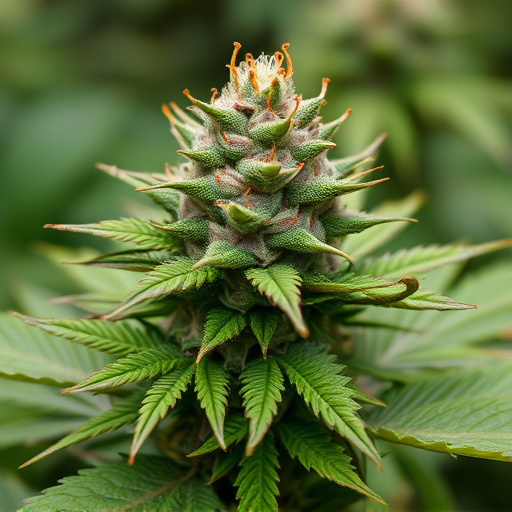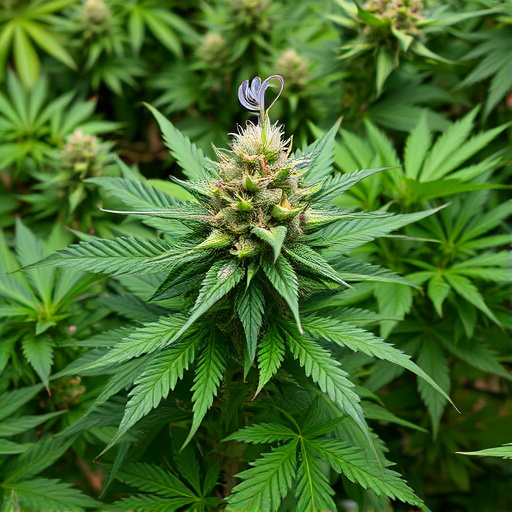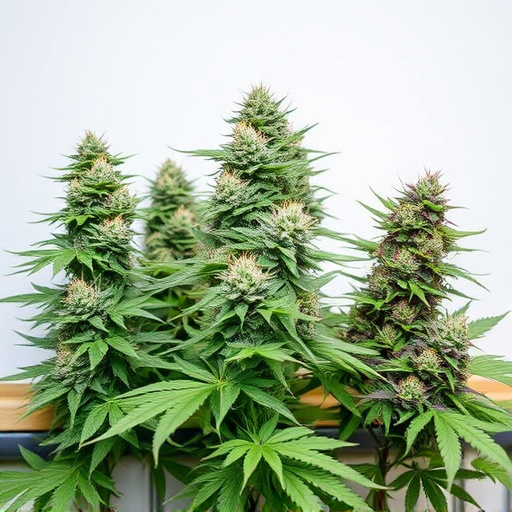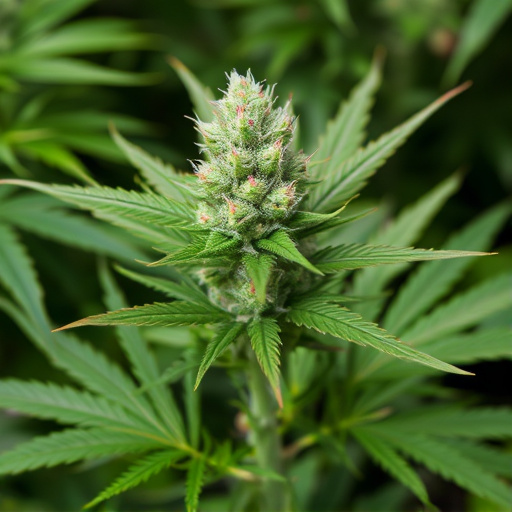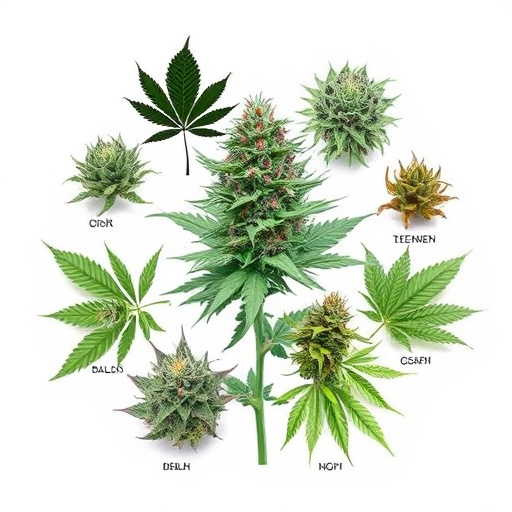Terpenes, aromatic compounds in medical cannabis strains, interact with cannabinoids (THC & CBD) to create diverse therapeutic effects, from uplifting to calming. With over 100 identified terpenes, each offering distinct benefits, understanding terpene profiles is crucial for patients seeking optimized treatment outcomes. Certain terpenes like myrcene and linalool are known for their anti-inflammatory and anxiety-reducing properties, making it possible to tailor cannabis strain selection to specific medical needs, including chronic pain, insomnia, and inflammation.
“Unraveling the mysterious world of terpenes reveals a key player in shaping the unique experiences associated with cannabis. These aromatic compounds, found in various plants, including cannabis, offer more than just a pleasant scent. In the context of medical cannabis strains, terpenes significantly contribute to the plant’s therapeutic potential, interacting with cannabinoids to create diverse effects. This article explores the intricate relationship between terpenes and cannabis, shedding light on how they influence the very nature of its medical applications.”
- Understanding Terpenes: The Unique Chemical Compounds in Cannabis
- The Role of Terpenes in Medical Cannabis Strains
- How Terpenes Influence the Effects and Applications of Cannabis
Understanding Terpenes: The Unique Chemical Compounds in Cannabis
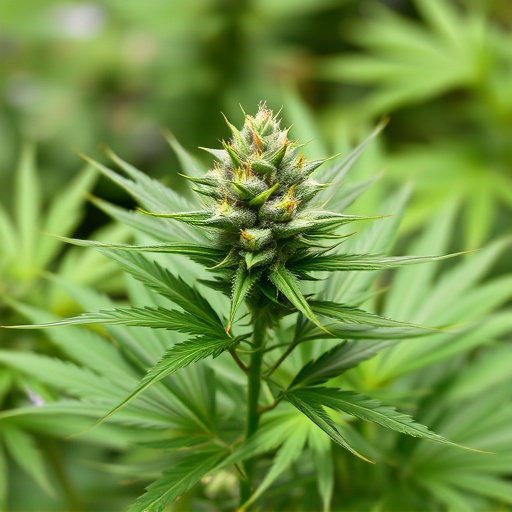
Terpenes, often referred to as the “aromatic molecules” of cannabis, are a diverse group of chemical compounds responsible for the distinct and varied effects experienced when consuming medical cannabis strains. These organic compounds not only contribute to the characteristic scents and flavors of different cannabis varieties but also play a significant role in modulating the plant’s therapeutic properties. With over 100 terpenes identified in cannabis, each possessing unique chemical structures and potential benefits, understanding their presence in medical cannabis strains is essential for consumers looking to optimize their treatment outcomes.
The interplay between terpenes and cannabinoids, such as THC and CBD, creates a complex biochemical dance that influences how cannabis interacts with the human body and mind. Different terpene profiles can enhance or alter the effects of cannabinoids, leading to diverse experiences ranging from uplifting and energizing to calming and sedating. For instance, myrcene is known for its soothing properties and is often sought after by users seeking relief from anxiety or insomnia, while limonene’s citrusy aroma is associated with elevating mood and promoting mental clarity. Exploring the unique terpene makeup of various medical cannabis strains can empower consumers to make informed choices tailored to their specific needs and desired effects.
The Role of Terpenes in Medical Cannabis Strains
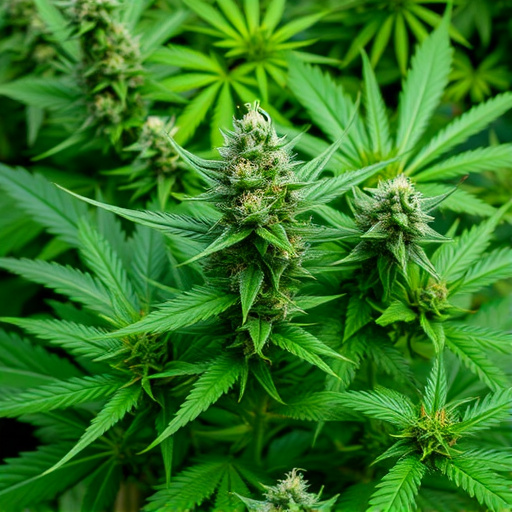
Terpenes, aromatic compounds found in many plants, including cannabis, play a significant role in shaping the effects of medical cannabis strains. Beyond their contribution to the distinctive scent and flavor profiles, terpenes interact with cannabinoids like THC and CBD, influencing how the body responds to these compounds. Different terpenes can enhance or modulate the psychological and physiological effects of cannabis, making specific strains more suitable for treating particular conditions.
In medical cannabis, certain strains are cultivated or selected for their high terpene concentrations, targeting various therapeutic benefits. For instance, myrcene, a common terpene known for its earthy scent, is often sought after for its potential anti-inflammatory and analgesic properties. Similarly, linalool, with its floral aroma, has been linked to anxiety reduction and better sleep. Understanding the unique terpene profiles of medical cannabis strains allows patients to make informed choices, tailoring their treatment to achieve optimal results.
How Terpenes Influence the Effects and Applications of Cannabis
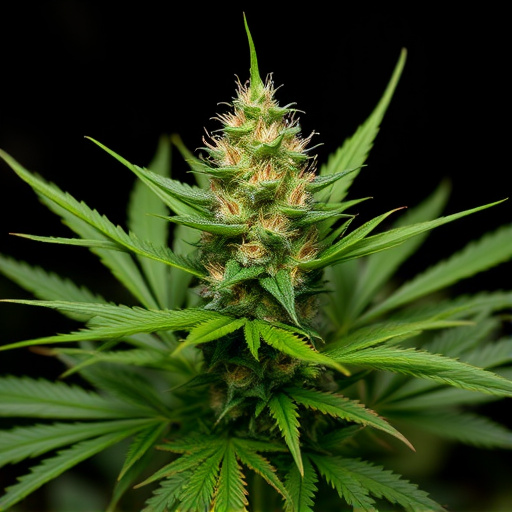
Terpenes, aromatic compounds found in many plants, play a significant role in shaping the effects and applications of cannabis. They interact with the cannabinoid receptors in our bodies, enhancing or altering the sensations produced by THC (the primary psychoactive compound). For instance, myrcene, a common terpene in cannabis, is known for its sedative properties, making it popular among users seeking relaxation and pain relief.
This interaction extends beyond THC, affecting the overall experience of medical cannabis strains. Terpenes can modulate the mood, energy levels, and cognitive functions associated with cannabis use. For some, terpinen-4-ol’s citrusy notes might enhance creativity and focus while reducing anxiety. In medical cannabis applications, understanding terpene profiles is crucial for tailoring treatments to specific patient needs. This knowledge enables healthcare providers to recommend suitable strains for conditions like chronic pain, insomnia, or inflammation, maximising therapeutic outcomes.
Terpenes, these diverse chemical compounds found in cannabis, play a pivotal role in shaping the unique effects and applications of medical cannabis strains. From potential therapeutic benefits to individual experiences, understanding terpenes is essential for navigating the complex world of cannabis. By deciphering their influence, patients and enthusiasts alike can make informed choices, maximising the benefits suited to their needs, ensuring a more personalised and effective cannabis experience.







